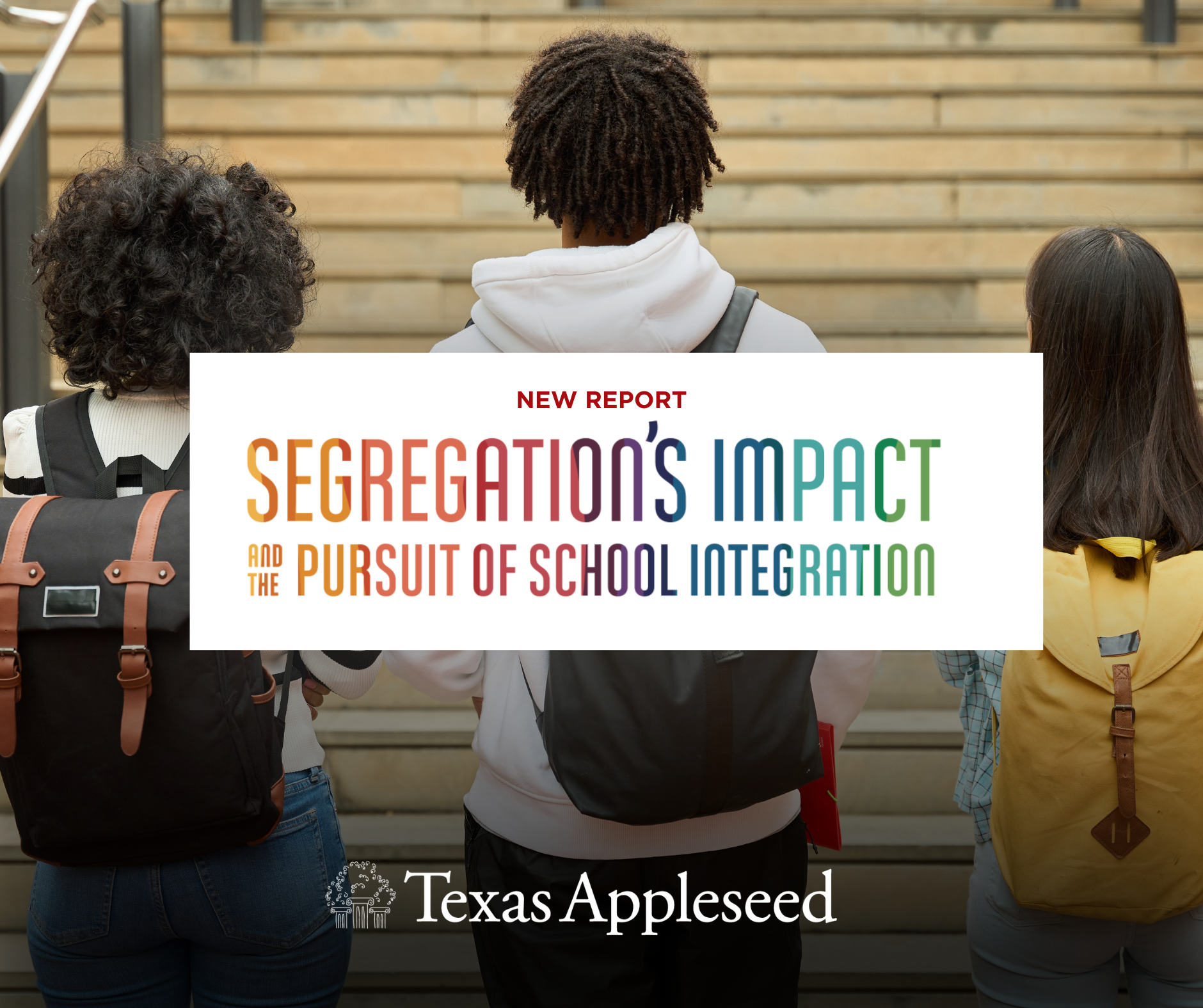Suggested Copy
Texas Appleseed’s report, “Segregation’s Impact & The Pursuit of School Integration,” takes a closer look into the history of segregation and ongoing challenges of integrating schools in Jefferson County, Texas. Despite the promise of Brown v. Board of Education requiring that schools must treat all students equally, many schools in Texas still receive different amounts of money and resources depending on where they are located. This leads to some students having fewer opportunities than others.
This report:
🔍 Explores the history of neighborhood and school segregation, how segregation continues in Beaumont schools today, and the link between school resources and student success.
📢 Features voices of students, school faculty, and community leaders.
☑️ Offers actionable recommendations for policymakers in achieving true equity in education.
The fight to make Texas schools a fair place for all isn’t over. Read the full report here: https://bit.ly/IntegrationSegregationReport


